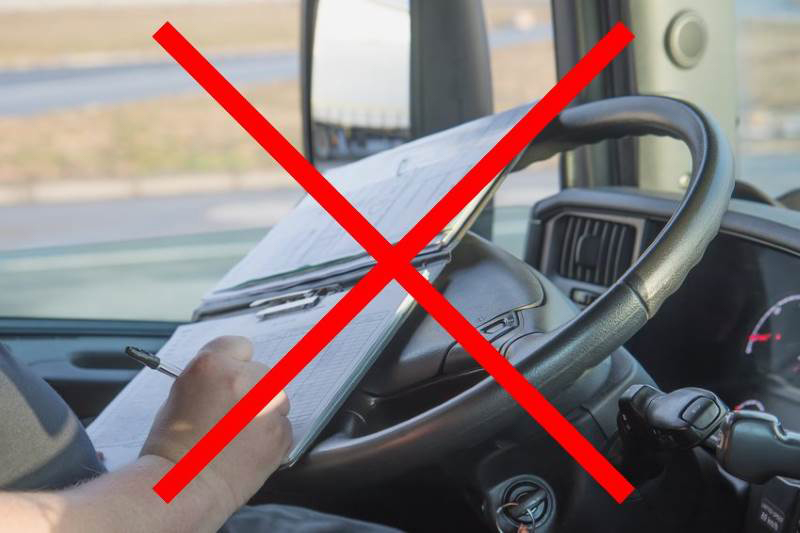From paper to digital: The benefits of EPOD

06 September 2016
The notion of delivering products and documents directly has existed for thousands of years, but the process has evolved a fair bit over time. Advancements in technology, for example, have allowed history’s couriers to move from horse and cart to fast-yet-efficient bikes, cars, vans and lorries. All for the benefit of both sender and recipient.

In the more immediate past, one of the biggest shifts has involved proof of delivery (POD) methods. In the search for better cost-efficiency, reduced errors and an altogether more productive operation, businesses are ditching paper forms in favour of sophisticated electronic – or
EPOD – systems.
When you look at the benefits on offer, it really is no surprise, either. EPOD can truly change the game for all stakeholders; let’s take a closer look at how.
For the board
Where managers and the board are concerned, most of the benefits revolve around data. EPOD systems are constantly generating valuable information, which is then used to produce insightful reports in real-time. You see details of your fleet’s performance before the drivers have even returned to base.
This information is powerful because is it allows you to identify opportunities for improvement. You can only fix weak links if you can see them, after all.While data generation still happens when paper is used, the manual process is slower and more prone to error. It’s difficult to trust the information in front of you if you know there’s a chance it may not be completely accurate, and week-old reports are undoubtedly less useful.
For drivers
EPOD systems allow drivers to work through their day with minimal inconvenience. They’re no longer required to keep track of countless paper forms, or file them at base when the day is done. With barcodes being used, there’s also no need to manually input order numbers – a quick scan and all of the relevant information is there, ready for the recipient’s signature.
The use of more
modern equipment also gives off a more professional and organised appearance to anyone who comes into contact with the company. This helps to improve brand image in the long run.
What’s more, with so much of the process automated, the risk of making an input error is minimised. The driver can be confident enough to work quickly and efficiently.
For partners and customers
The data generated by EPOD systems makes it possible for all parties to gain a clear view of the delivery chain. Providing barcodes are scanned at each stage, you and your customers can see where a product, order or document is at any given time. They’ll see when it’s in the fulfilment stage, and when it leaves the warehouse or office. Then, when delivery day comes, they’ll know when to expect it – this saves them time, and keeps you from having to deal with unnecessary phone calls.

It improves internal records too. If you’ve delivered a large order of materials to a partner company, everyone involved can look back at order details whenever necessary. They can see when it arrived, and who signed for it – all without any doubts over accuracy.
Invaluable automation
The biggest benefit is that so much of the above happens automatically. Barcode-scanning aside, there’s no requirement for anyone to manually input any information – all data is generated and organised quickly and with little need for human intervention. The result is a much more streamlined operation, with reduced costs and better customer service. Everybody wins!
With all of this in mind, it’s difficult to understand why some businesses are still yet to make the switch from paper to EPOD.